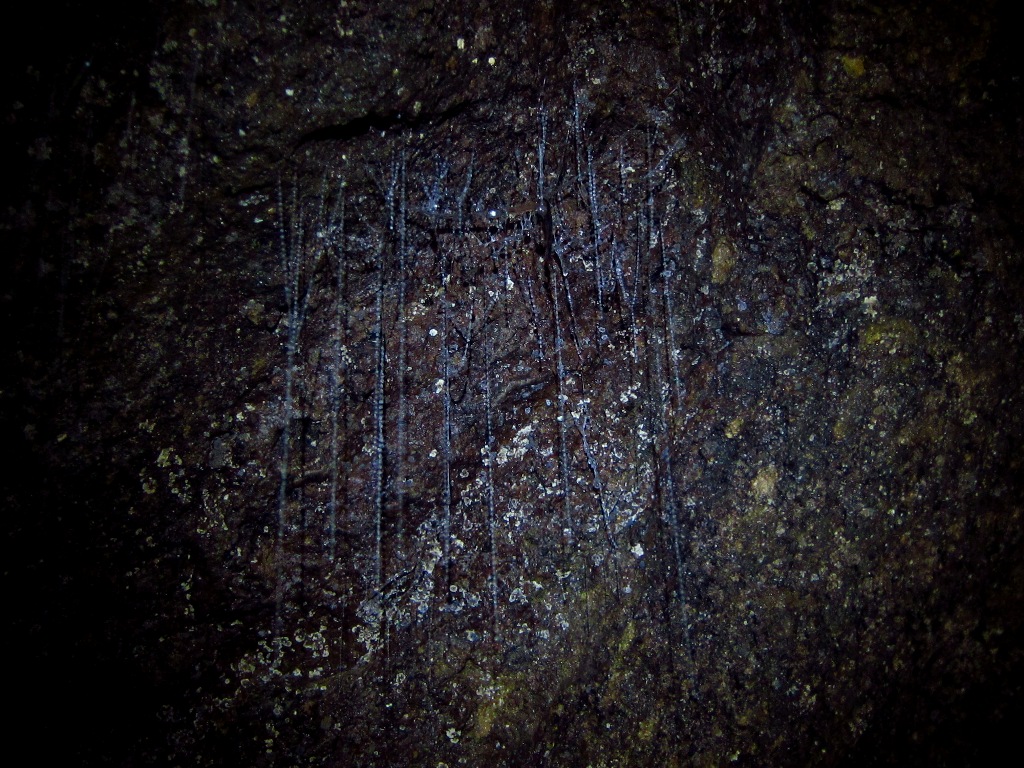
In non-glow-worm fireflies, males and females communicate by both flashing their lights in specific patterns and tempos to identify themselves. Instead they produce a sustained stream of light. A chemical reaction with the light-emitting enzyme luciferase produces their illuminations.īut glow-worms can't easily control the supply of oxygen, so they can't flash their lights on and off like some other firefly species. And they offer a promising new model for studying the mechanics of regeneration.In glow-worms, a molecule called luciferin is combined with oxygen to create oxyluciferin. These worms are found primarily in the Caribbean, Bahamas, and Bermuda, as well as Japan, and they are voracious predators, not above taking a few bites out of their fellow panther worms if they're hungry enough and can't find other prey.

If a panther worm is cut into three parts, each part will generate into a fully formed worm within eight weeks or so. Cut a planarian flatworm, a jellyfish, or a sea anemone in half, and it will regenerate its entire body.Īnd then there is the three-banded panther worm ( Hofstenia miamia), a tiny creature that looks a bit like a plump grain of rice, so named because of its trademark trio of cream-colored stripes across its body. The zebrafish can regrow a lost or damaged fin, as well as repair a damaged heart, retina, pancreas, brain, or spinal cord. If a salamander loses a leg, the limb will grow back, for example, while some geckos can detach their tails as a distraction to evade predators and then regrow them later. But some creatures are capable of particularly amazing regenerative feats, and studying the mechanisms by which they accomplish this could have important implications for human aging. Most animals exhibit some form of regeneration: regrowing hair, for instance, or knitting a fractured bone back together by growing new skin. Their hope is to uncover the secrets to regeneration. Now, scientists at Harvard University have genetically modified the three-banded panther worm to enable the creature to emit a similar green glow, according to a new paper published in the journal Developmental Cell. Corals, too, can fluoresce in a wide range of hues, thanks to similar proteins. In 1961, Osamu Shimomura and Frank Johnson isolated a protein from jellyfish that glow green under UV light.


 0 kommentar(er)
0 kommentar(er)
